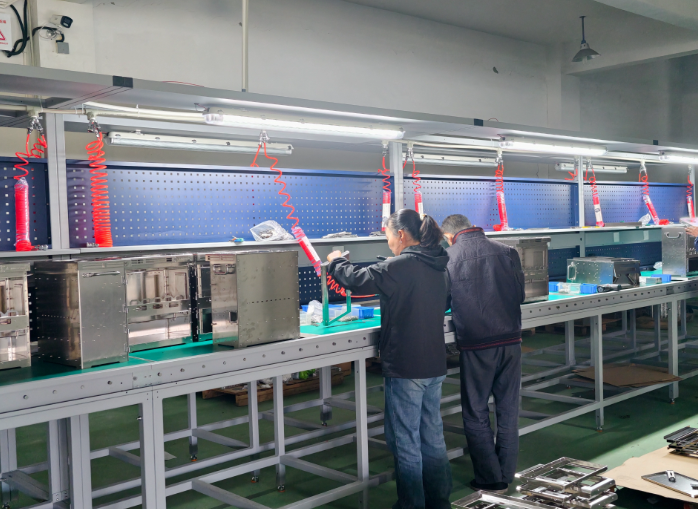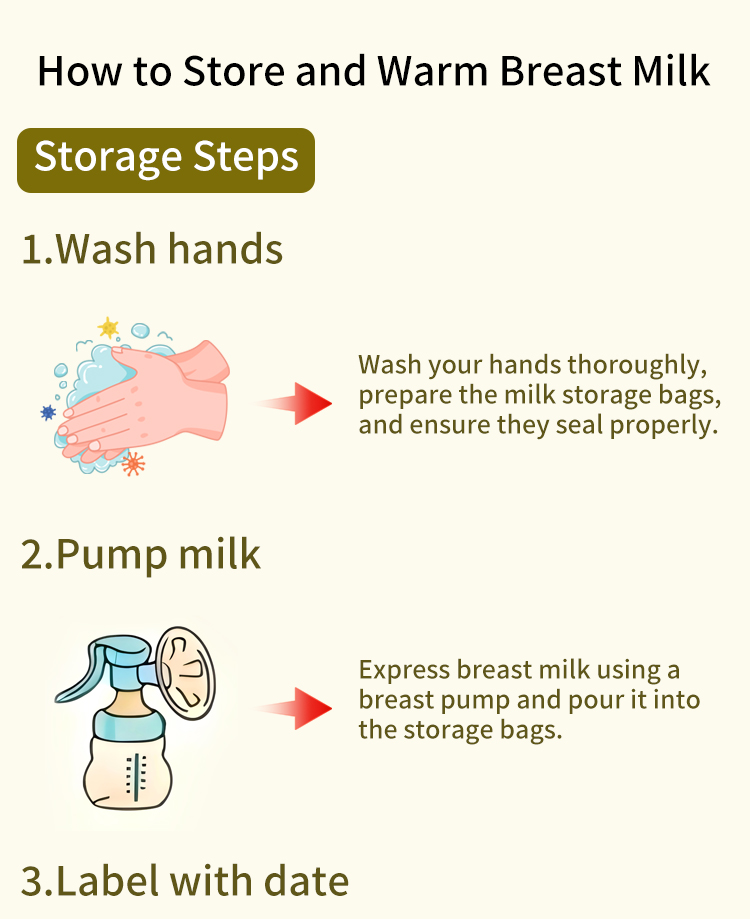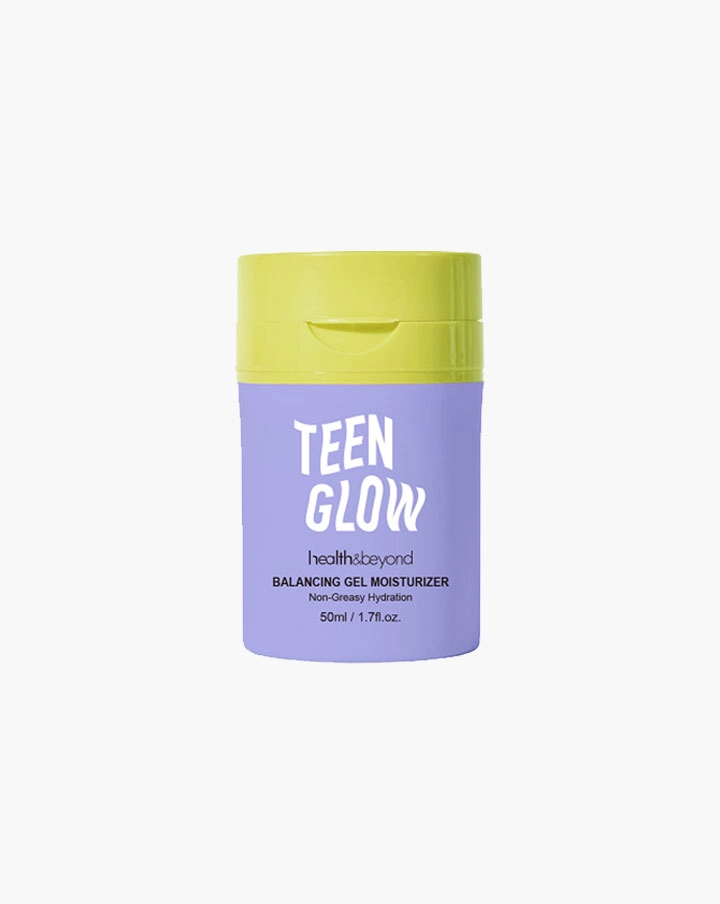Tent Placement Pitfalls: Where Not to Pitch Your Tent for a Safe and Enjoyable Camping Experience
Camping is a cherished outdoor activity that allows individuals and families to connect with nature, unwind from the hustle and bustle of daily life, and create lasting memories. However, the success of your camping experience hinges significantly on where you choose to set up your tent. While many campers focus on finding the perfect scenic spot, it is equally important to be aware of locations that can compromise safety, comfort, and overall enjoyment. In this article, we will explore the critical factors to consider when selecting a tent site and highlight specific areas where you should avoid pitching your tent.
- Avoid Low-Lying Areas
One of the most common mistakes campers make is setting up their tents in low-lying areas or depressions. These spots may seem appealing due to their proximity to water sources or scenic views, but they pose significant risks:
- Water Accumulation: During rainstorms, low areas can quickly become waterlogged, leading to flooding inside your tent. This not only ruins your gear but can also create hazardous conditions.
- Cold Air Settling: Cold air tends to settle in depressions, making your sleeping environment uncomfortably chilly at night.
- Steer Clear of Overhanging Branches
While the shade provided by trees can be inviting, it is crucial to avoid pitching your tent directly under overhanging branches. This practice can lead to several potential dangers:
- Falling Debris: Dead branches, also known as “widow makers,” can fall unexpectedly, posing a serious risk to campers. A branch falling on your tent can cause injury or damage your gear.
- Sap and Bird Droppings: Trees can also drip sap or host birds that may leave droppings on your tent, creating a mess and potentially damaging the fabric.
- Avoid Proximity to Water Sources
Setting up camp near lakes, rivers, or streams may seem idyllic, but it can lead to various issues:
- Insects: Water sources attract mosquitoes and other insects, which can make your camping experience uncomfortable.
- Flood Risk: Similar to low-lying areas, being too close to water can increase the risk of flooding, especially during heavy rains or rapid snowmelt.
- Wildlife Encounters: Animals are often drawn to water sources, increasing the likelihood of encounters with wildlife, which can be dangerous.
- Stay Away from Trails and High-Traffic Areas
Choosing a tent site that is too close to hiking trails or heavily trafficked areas can detract from your camping experience:
- Noise Pollution: The sounds of hikers, bikers, or vehicles can disrupt the tranquility of nature, making it difficult to relax or sleep.
- Safety Concerns: Being near trails increases the risk of accidental encounters with other campers or wildlife, which can lead to safety issues.
- Avoid Rocky or Uneven Ground
While it may be tempting to set up camp in a picturesque rocky area, uneven ground can lead to discomfort and potential hazards:
- Sleeping Difficulties: Uneven surfaces can make it challenging to find a comfortable sleeping position, leading to restless nights.
- Injury Risk: Rocks and uneven terrain can increase the risk of tripping or falling, especially during nighttime excursions.
- Consider Local Regulations and Environmental Impact
Before setting up your tent, it is essential to be aware of local regulations regarding camping locations. Many parks and natural reserves have designated camping areas to minimize environmental impact. Avoiding prohibited areas not only helps preserve the ecosystem but also ensures that you are camping legally and safely.
Conclusion
Choosing the right location for your tent is crucial for a successful camping experience. By avoiding low-lying areas, overhanging branches, proximity to water sources, trails, rocky ground, and adhering to local regulations, you can enhance your safety, comfort, and enjoyment in the great outdoors. Remember, the key to a memorable camping trip lies not just in the beauty of your surroundings but also in the thoughtfulness of your campsite selection. Happy camping!





